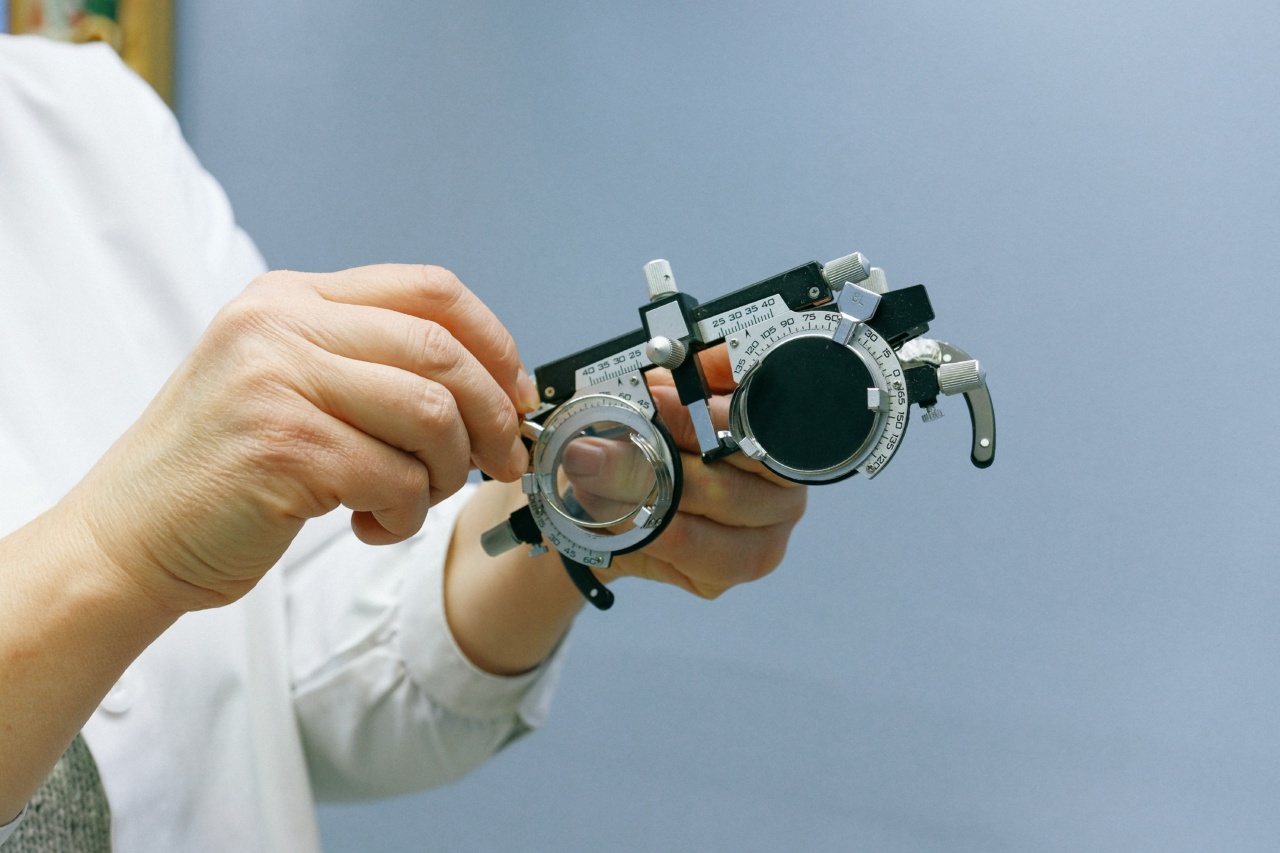Sexually transmitted diseases (STDs) continue to pose a significant threat to public health, affecting millions of individuals worldwide.
These infections are primarily transmitted through sexual contact, including vaginal, anal, or oral sex, as well as through sharing of needles or other drug paraphernalia. While STDs can be caused by bacteria, viruses, or parasites, their impact on individuals and communities alike cannot be underestimated.
Understanding STDs and their Consequences
1. Types of STDs.
There are numerous types of sexually transmitted diseases, each with its own set of symptoms, treatment options, and potential complications. Some common STDs include:.
- HIV/AIDS
- Chlamydia
- Gonorrhea
- Syphilis
- Genital herpes
- Genital warts
- Hepatitis B
- Trichomoniasis
2. The Importance of Early Detection
Early detection of STDs is crucial in preventing their spread and minimizing long-term health consequences. Many STDs can be asymptomatic or present with mild symptoms, making them difficult to detect without proper screening.
Regular testing plays a critical role in identifying infections and ensuring timely treatment.
3. Risk Factors
Several factors can increase an individual’s risk of acquiring an STD:.
- Engaging in unprotected sex
- Having multiple sexual partners
- Engaging in sexual activity at a young age
- Using intravenous drugs and sharing needles
- Having a history of or current STD infection
4. Consequences of Untreated STDs
If left untreated, STDs can lead to severe health complications, including:.
- Infertility
- Chronic pain
- Increased risk of certain cancers
- Organ damage
- Neurological disorders
- Pregnancy complications
5. Taking the STD Danger Assessment
Assessing your personal risk of contracting an STD is an essential step in protecting yourself and your sexual partners. Take the following assessment to determine your level of risk:.
- Are you sexually active?
- Do you engage in unprotected sex?
- Have you had multiple sexual partners in the past year?
- Have you ever been treated for an STD in the past?
- Do you use intravenous drugs or share needles?
- Have you ever tested positive for HIV/AIDS?
- Have you ever had symptoms of an STD?
- Do you know the STD status of your sexual partners?
- Have you been vaccinated against hepatitis B?
- Do you consistently use barrier methods of contraception?
Assign one point for each “yes” answer and zero points for each “no.” Add up your points to determine your score:.
- 0-2: Low risk
- 3-7: Moderate risk
- 8-10: High risk
6. What to Do if You’re at Risk
If you find yourself in the moderate to high-risk categories, it is crucial to take appropriate actions:.
- Get tested regularly for STDs
- Communicate openly with your sexual partners about STD status and sexual history
- Practice safe sex by using condoms and other barrier methods
- Limit your number of sexual partners
- Consider pre-exposure prophylaxis (PrEP) for HIV prevention
7. Seek Professional Help
If you suspect you have been exposed to an STD or if you experience symptoms such as abnormal discharge, genital sores, or pain during urination, it is vital to seek medical attention promptly.
Healthcare professionals can diagnose and provide appropriate treatment options tailored to your specific needs.
8. Breaking the Stigma
STDs are common and can affect anyone, regardless of age, gender, or sexual orientation. It is essential to reduce the stigma surrounding these infections to encourage open discussions and promote comprehensive sexual education.
Supporting individuals living with STDs and offering non-judgmental care can significantly improve their overall well-being.
9. Prevention is Key
Preventing STDs is the ultimate goal. To reduce your risk:.
- Use condoms consistently and correctly
- Get vaccinated against hepatitis B and HPV
- Limit your number of sexual partners and choose partners who have been tested for STDs
- Avoid sharing needles or other drug paraphernalia
- Practice open communication with sexual partners
- Undergo regular STD testing, even if you have no symptoms
10. Conclusion
Understanding the dangers of STDs and knowing your personal risk is the first step towards protecting yourself and others. Regular testing, safe sexual practices, and open communication are vital in preventing the spread of these infections.
Remember, seek professional help if needed and support those affected by STDs to break the stigma surrounding these conditions.





























